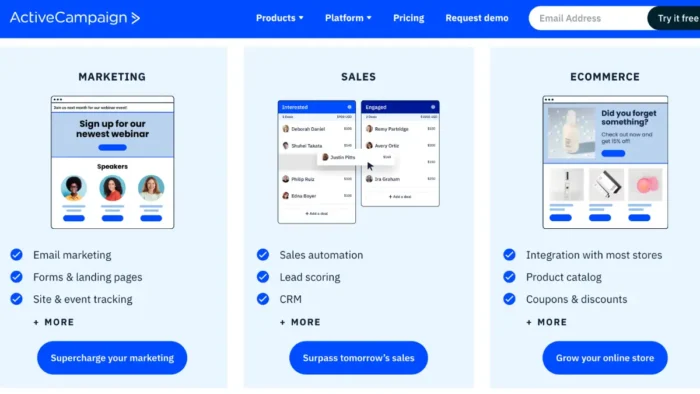When it comes to website content writing, there are certain things that can be done to help it perform better online. Not only should the content be well-researched, formatted in an appealing way, complemented with pictures, and include a great introduction, body, and conclusion, but it also should be SEO-optimized.
As any Calgary SEO Agency will tell you, there is a right and wrong way to do this SEO-optimization of your content. This article will go over some of the best tips and tricks to help your content be found by search engine algorithms.
1. Keyword Focus
First, you’ll want to make sure you identify your top keywords to focus on in the article. Typically, you’ll want to only focus on 5-7 keywords total and you’ll want to prioritize them. The prioritization should go as follows:
- 1 primary keyword
- 2-3 secondary keywords
- 2-3 related keywords
Your keyword prioritization matters, because you’ll want to frame your article around your primary keyword, include key points (headings) that highlight the secondary keywords, and then include a few other related keywords to help round out the entire article. If you’ve done it right, your keywords will all be related enough that you’ll be able to cover all the important points relating to a single, main focus.
2. Use Keywords in Titles and Headings
Once you’ve identified your keywords, now is the time to start using them in places that will make a difference in your content. Search engines use bots to crawl the web and gauge what a piece of content is about based on a number of things. One of the indicators search engines use is that of heading and title tags. If a keyword is in a title or heading, search engines will place a little more weight on those things since naturally, they are supposed to let the reader know what the most important parts of the article are. If you aren’t using your keywords in the title of your article, and the headings, you are missing a valuable opportunity to increase your chances of getting ranked organically for those keywords by search engines.
3. Use Top Phrases in Images
Not only are images great for the reader because they break up the text and make it infinitely more interesting, but there is also an SEO benefit to including them as well. Namely, you can include your keywords in the Alt-Text field in the image when uploading it as a media file. This is a spot where you can reinforce some of your top keywords or even put in some other related keywords to see it if can help boost those. You’ll want to be careful though that you use a variation of the keyword with what the image actually is about so that you don’t cause any confusion for the reader that may stumble upon that alt-text and wonder if it has anything to do with that picture.
4. Use Key Phrases in Meta Descriptions
Another great place to include keyword phrases you are targeting is in your actual meta description. To clarify, the meta description is the little block of text that someone would see next to your URL when searching for your site on a search engine. It’s a small description that tells the reader about the page they are about to click on. Again, search engines use this description as an indicator of what the page is all about and place more value/weight onto these words. Try to use your primary keyword in the meta, and one secondary keyword if you can do so naturally.
5. Don’t Over Optimize
Whatever you do, don’t give in to the temptation to keyword stuff. While the location of your keyword phrases is important, using them too much will hinder you rather than help. You want the text to read naturally and provide value to the reader, not just try to appeal to search engine algorithms.





